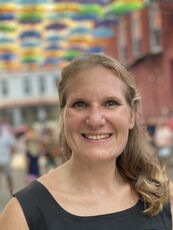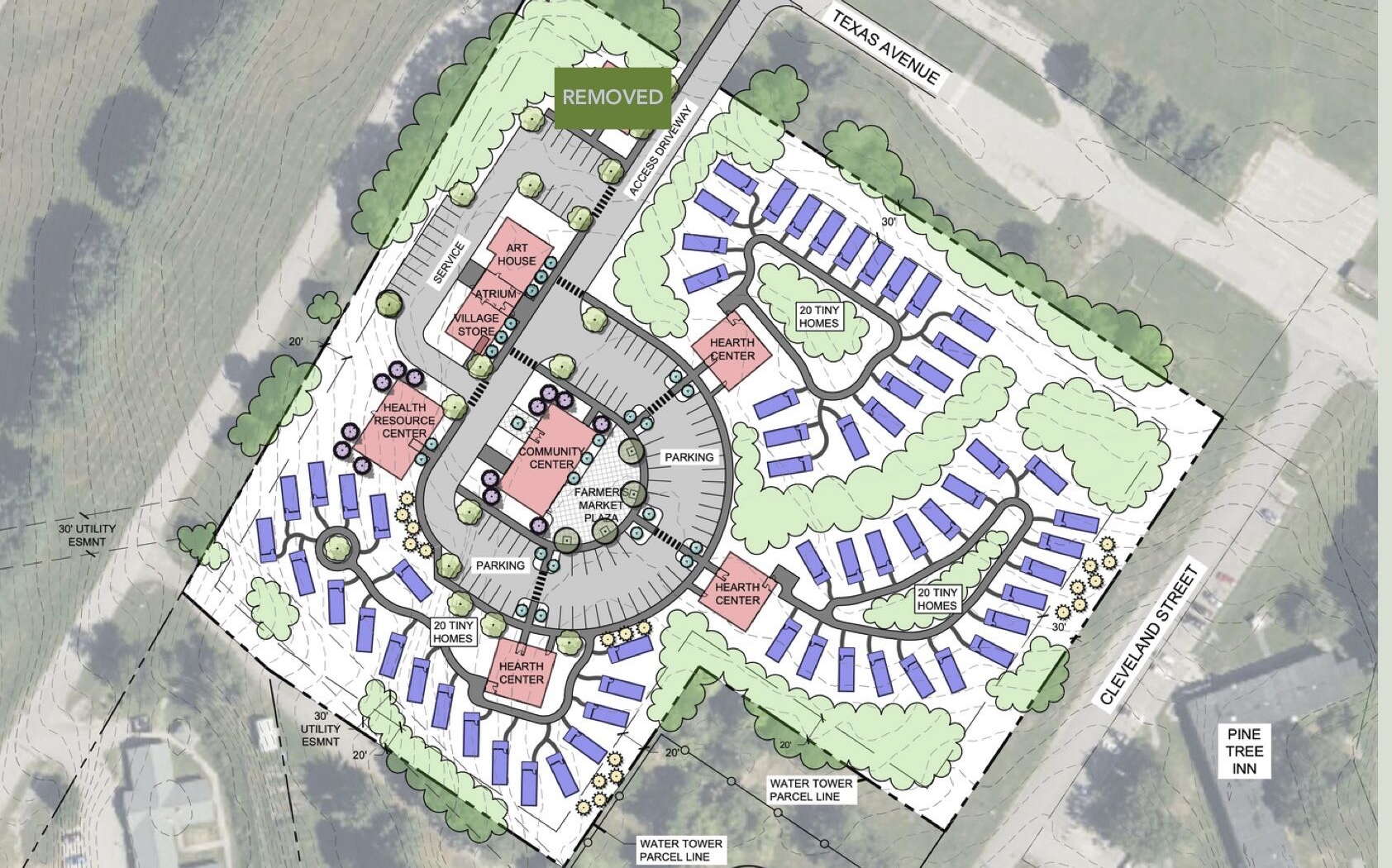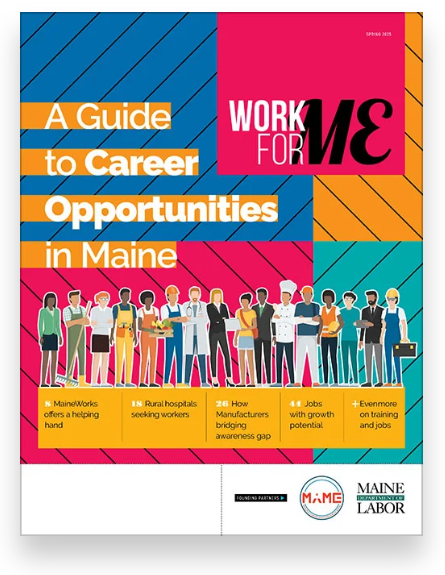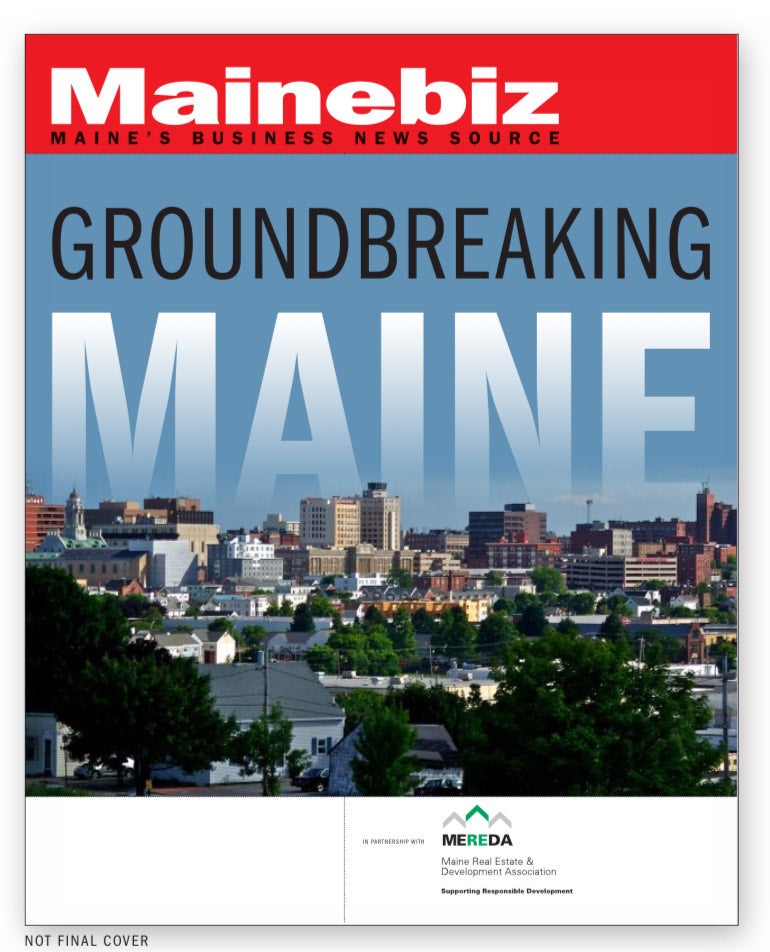
Tiny-home village proposed as permanent supportive community in Bangor
 Rendering / Courtesy Dignity First
A preliminary draft of a tiny home of the sort envisioned for Homeful Village.
Rendering / Courtesy Dignity First
A preliminary draft of a tiny home of the sort envisioned for Homeful Village.
Dignity First is a Bangor nonprofit focused on addressing houselessness by creating a village of permanent supportive housing for unhoused and intentional neighbors which honors the dignity of unhoused people.
Founded by Jamie Beck in 2019, Dignity First was built on the principle of neighbors caring for neighbors.
Its mission project, called Homeful Village — planned tiny homes to be dedicated housing for people experiencing chronic homelessness — is in pre-development, working to obtain a land development agreement and secure site control for a property that ranked highest on its site-selection criteria and analysis.
The site plan is modeled after the Community First! Village in Austin, Texas, which incorporates individual tiny homes that share community common areas. (See sidebar.)
Dignity First recently received preliminary recommendations from an Urban Land Institute technical assistance panel for the village’s implementation (see sidebar).
Mainebiz asked Beck how the idea for Homeful Village got started and its status today. Here’s an edited transcript.
Mainebiz: What’s Dignity First’s background?
Jamie Beck: I grew up in the Bangor area and moved away for about 10 years. When I came home, I noticed there was a lot more visible poverty in the area than when I was growing up. In 2019, at my church, a group of women and I were talking about the gospel of Matthew and the visible vulnerability of people who are unhoused. That had a profound impact on me.

MB: Your research brought you to a “Housing First” model (see sidebar]. What happened then?
JB: Three years ago, we were introduced to the Community First! Village in Austin, Texas, to reduce chronic homelessness in Austin. Community First has a lot of the same components as Housing First — permanent housing, services, connection to support and community. The difference is that Community First focuses on transformational relationships and not just on breaking down systems that aren’t working.
MB: How are you proposing to replicate the model?
JB: The Community First! Village has a mixture of formerly unhoused residents and also intentional neighbors — people who have never experienced homelessness and believe in the mission so much that they decided to live in the village permanently. That provides a lot of stability to the village. They’re not social workers or counselors. They’re there just to be neighbors.
MB: What have you been doing to implement Homeful Village?
JB: Over the last five years, we’ve been working to build relationships with community members and with potential future residents, making connections with unhoused people in our area while we push forward with design and fundraising.
MB: Is Dignity First just you?
JB: I’m the only paid staff at the moment. But we have 30 really active volunteers and over 100 people who have volunteered with us over the past few years. It will continue to be a big lift to move forward.
MB: Have you identified a site?
JB: We went through a site selection process with an architectural engineering firm in collaboration with the city’s development staff, going through key points of what we need and what’s cost-prohibitive. We landed on 55 Cleveland St. — a piece of property owned by the city, where the encampment is right now. It’s out by the airport, behind Hope House, the only low-barrier shelter north of Augusta, and adjacent to Theresa’s Place, Penquis’s permanent supportive housing. The full property is 17.2 acres. We propose to use seven acres.

MB: How would ownership of the land work?
JB: Right now we have right of first refusal to lease from the city.
MB: What are the proposed Homeful Village specs?
JB: We started with 80 planned homes, 64 to be dedicated housing for people experiencing chronic homelessness. We scaled back to 60 homes — three neighborhoods of 20 homes each. With a one-to-four ratio, four out of five will be for chronically unhoused people and the fifth for an intentional neighbor. We want to use the tiny home model because it provides space that’s more accessible for people who have been chronically unhoused.
MB: How will the tiny homes be built?
JB: We know stick-built will be the most expensive model, so we are likely going with a modular style. We’re also in conversations with the Advanced Structures and Composites Center at the University of Maine for 3D printed homes.
MB: What are your expected costs and financing?
JB: We don’t have firm cost estimates yet. We’re seeking diverse funding. For FY25, we submitted a multi-million-dollar request for congressionally directed spending to U.S. Sen. Angus King’s office. We’re also applying for grants and we’re developing a capital campaign and seeking sponsorships.
MB: Could you describe the need for the project?
JB: According to a [U.S. Housing and Urban Development] count, the Bangor region has about 500 unhoused people. About 200 of them qualify for permanent supportive housing.














0 Comments